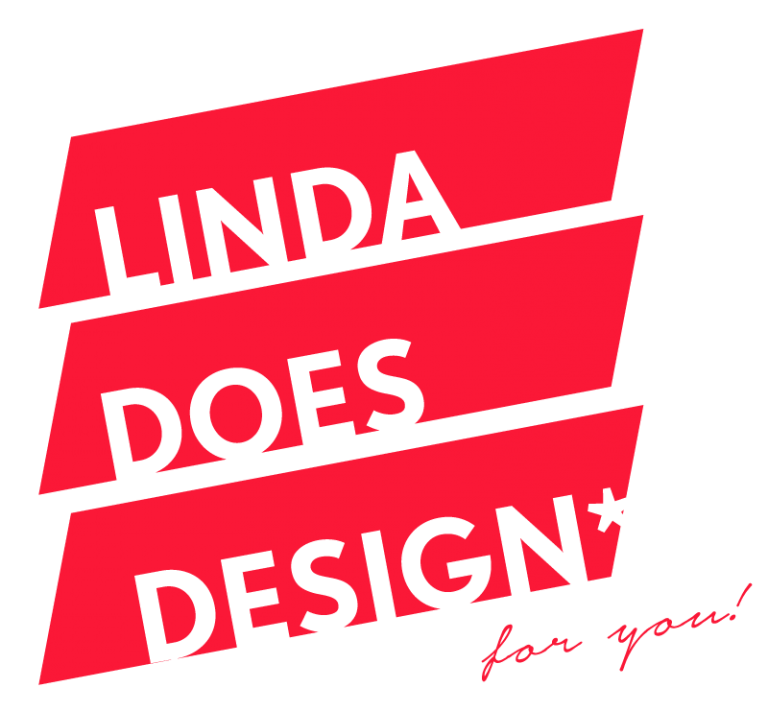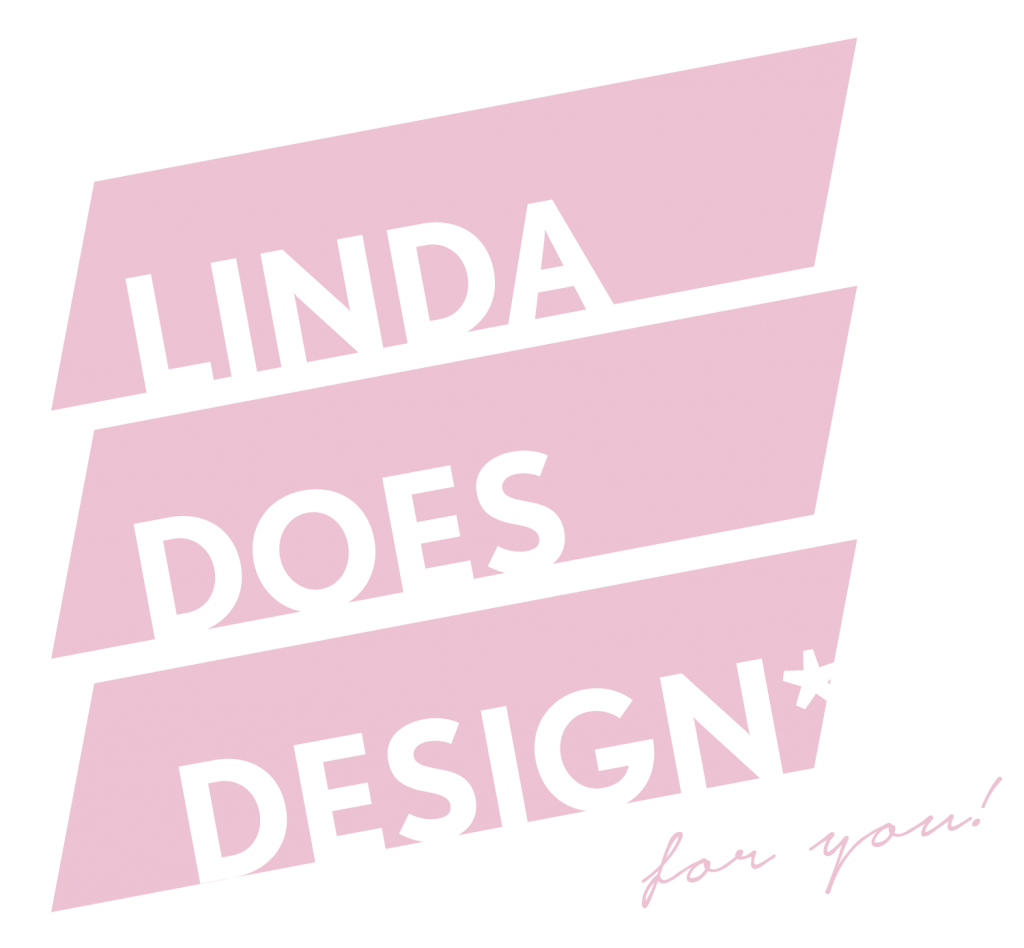
Hey, Linda!
Email, direct messages (DMs!), texts, phone calls, the postal system… I never know how to contact anyone anymore. Some methods are too quick, others too slow, others feel too personal…Any advice?
—Landline Locked
Hey, Linda! is my weekly advice column. Submit questions here. (It’s anonymous!)
Dear Landline Locked,
Confession time, Landline: I hate DMs. There. I said it. Granted, they have their place. And we’ll get to that. First a question for you: Did you know it takes 23 minutes to get back on track after an interruption? That may not be a statistic you want to hear after working from home during the pandemic. But that just makes it all the more important to contact someone in a way that matches the urgency of your reply.
So, in order to determine which method of communication is right for the question you have, ask yourself these three questions:
1. How well do you know the person you’re trying to contact?
2. When do you need an answer?
3. What sort of information are you looking for in return?
Depending on your answers to the three questions above (along with many others, if you take a look at the diagram below), you can easily determine which communication method is going to work best for your task.
For instance, if you need a file (type of information) from your boss (whom you know fairly well) and it can wait until tomorrow (flexible on response time), an email or a slack message would be best way to get in touch – depending on what is more familiar in your organization. You can easily add files to email and Slack, and both are searchable. If you need the file again in the future, you can easily relocate it without bothering your superior. And, you can easily share it with multiple people.
Or, perhaps you need a quick yes/no from your social media manager on whether a campaign is moving forward this week. In this case, you might try a text. It’ won’t take too much to type on a small screen, you don’t need to attach a file, and, more than likely, you won’t need to return to this information in the future.
You might have noticed that I brought a few more variables into those communication equations. That’s because communication is rarely as straightforward as it seems! Which you already know, dear Landline, and so here I’ll delve into the details a bit. We’re going to talk about two types of communication, several ways we communicate, and the many methods we use to communicate. Ready? Here are three lists for you.
TWO TYPES OF COMMUNICATION
Synchronous communication can only happen in real-time. This includes phone conversations, video chats, in-person meetings, and sometimes texting or virtual chat. In synchronous communication, one person says something and someone else responds right away. Synchronous communication is always more efficient and can be more effective, but it also comes with a huge time cost and interruption factor. Almost ALL synchronous communication should be planned, even when it’s impromptu.
Asynchronous communication happens over a period time. Email is the best example of this, but virtual chat and texting can also be asynchronous. Asynchronous communication is great for sharing things with a group, for people on different time zones, or for after-hours work. It gets a high score for not interrupting people’s workflow unnecessarily.
FOUR WAYS WE COMMUNICATE
You might be thinking about words here, as our main form of communication. But there are many other ways we communicate information, too. Let’s run through them:
- Verbal: We can speak directly to one another or leave voice messages. This has the advantage of being faster than typing – usually.
- Written: We can exchange written words. Advantage: can be searched and easily retrieved later.
- Visual: More than just words, we can exchange drawings, images, or diagrams. Advantage: great for explaining new concepts & ideas. A picture is worth 1000 words!
- Body: We exchange non-verbal information through our body language and eye contact. Advantage: we get the additional information about how someone feels about the content, the idea, or about us.
7 METHODS of COMMUNICATION
This list just keeps growing as technology changes. It seems like we rarely lose a method – only add them! Here are the common ways we communicate and their pros and cons. (Bonus: They are listed from Asynchronous to Synchronous!)
- Email (ASYNC & Written/Visual) – Pros: trackable, searchable, returnable, opened on your own time, can be sent to multiple people. Cons: can be slow, and if you’re not a good writer, a lot of meaning/clarity can be lost.
- Text (ASYNC/SYNC & Written/Visual) – Pros: sometimes searchable, can be quick, casual & informal. Cons: abbreviations, not easily retrieved, typing on phones is still painful
- DM (ASYNC/SYNC & Written) – Pros: can reach anyone in the world. Cons: you may or may not get a response back. Ever.
- Virtual Chat (ASYNC/SYNC & Written/Visual) – Pros: trackable, searchable, sometimes can be read on your own time, can include multiple people, files can be attached. Cons: meaning can be lost, can be slow or fast, depending on your organization and its expectations.
- Video (ASYNC/SYNC & Verbal/Body) – Pros: can leave visual voicemail via apps like Marco Polo, Loom, and Google Duo. Cons: can end up being 10 minutes or more, sometimes you still need clarification.
- Phone (SYNC & Verbal) – Pros: fast response, can talk through meaning and details, tone adds extra information. Cons: should be scheduled, cannot be searched or archived, anyone born after 1980 lives in fear of the phone, high time cost.
- In-person (SYNC & Verbal/Body) – Pros: fast response, can talk through meaning and details, body language and eye contact adds extra information. Cons: should be scheduled, cannot be searched or archived, high time cost.
So what do we do with all of that!?! We make a chart! (click on the image to download)

Til Next Time,







